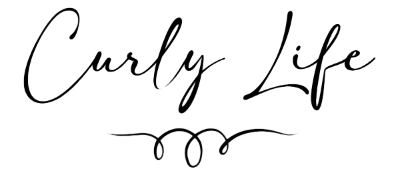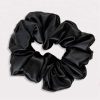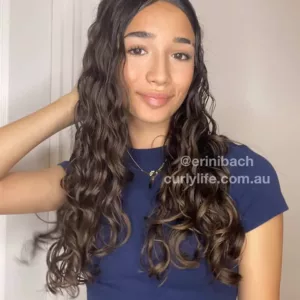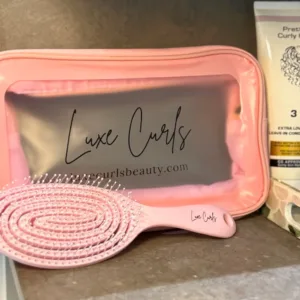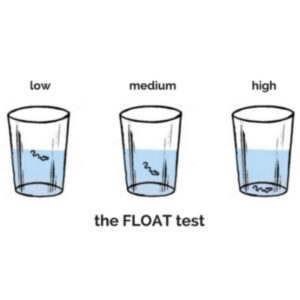Hair porosity is a term used to describe how well hair can absorb and retain moisture. It is determined by the hair’s ability to absorb water and other liquids, and can vary depending on the hair’s natural structure and any chemical or physical treatments it may have undergone.
There are three main types of hair porosity: low porosity, medium porosity, and high porosity. Each type has its own characteristics and requires different types of care and styling.
Low porosity
Low porosity hair is characterized by a tightly closed cuticle layer that resists water and other liquids. This can make it difficult for moisture to penetrate the hair shaft, resulting in hair that feels dry or lacks volume. Low porosity hair may also be prone to product buildup, as products can sit on top of the hair instead of being absorbed. To care for low porosity hair, lightweight products and heat styling tools can be used to help open the cuticle layer and allow for better moisture absorption.
Medium porosity
Medium porosity hair is considered the most common hair type and has a cuticle layer that is slightly open and can absorb and retain moisture well. This type of hair is generally easy to maintain and style, and can benefit from regular conditioning treatments to keep it healthy and hydrated.
High porosity
High porosity hair is characterised by a cuticle layer that is too open and allows moisture to escape easily. This can result in hair that feels dry, brittle, or prone to breakage. High porosity hair may have been damaged by heat styling tools, chemical treatments, or excessive sun exposure. To care for high porosity hair, heavy moisturizing products and regular deep conditioning treatments can be used to help repair and protect the hair.
Understanding hair porosity can be helpful in determining the best hair care routine for each individual’s hair type. By choosing products and styling techniques that are tailored to the hair’s porosity level, individuals can promote healthier, more beautiful hair.
3 curl porosity tests
Determining your hair porosity type can be a helpful step in developing a hair care routine that is tailored to your individual needs. There are several methods you can use to determine your hair porosity type, including the water test, strand test, and visual inspection.
Water test
The water test involves taking a few strands of clean, dry hair and placing them in a bowl of water. If the hair floats, it has low porosity, indicating that the cuticle layer is tightly closed and resistant to moisture. If the hair sinks to the bottom, it has high porosity, indicating that the cuticle layer is open and absorbs moisture easily. If the hair sinks to the middle of the bowl, it has medium porosity.
Strand test
The strand test involves taking a single strand of hair and running your fingers up and down the strand from the end towards the scalp. If you feel little resistance and the strand feels smooth, your hair has low porosity. If you feel some resistance and the strand feels slightly rough, your hair has medium porosity. If you feel a lot of resistance and the strand feels very rough, your hair has high porosity.
Visual test
Visual inspection involves examining the appearance of your hair. Low porosity hair may appear shiny and smooth, but can feel dry to the touch. Medium porosity hair is generally easy to manage and style, with a healthy shine. High porosity hair may look dull and feel rough or brittle, with split ends and frizz.
Once you have determined your hair porosity type, you can adjust your hair care routine accordingly. For low porosity hair, lightweight products and heat styling tools can be used to help open the cuticle layer and improve moisture absorption. For high porosity hair, heavy moisturizing products and regular deep conditioning treatments can be used to help repair and protect the hair. For medium porosity hair, a balanced hair care routine that includes regular conditioning treatments can help maintain healthy, hydrated hair.
